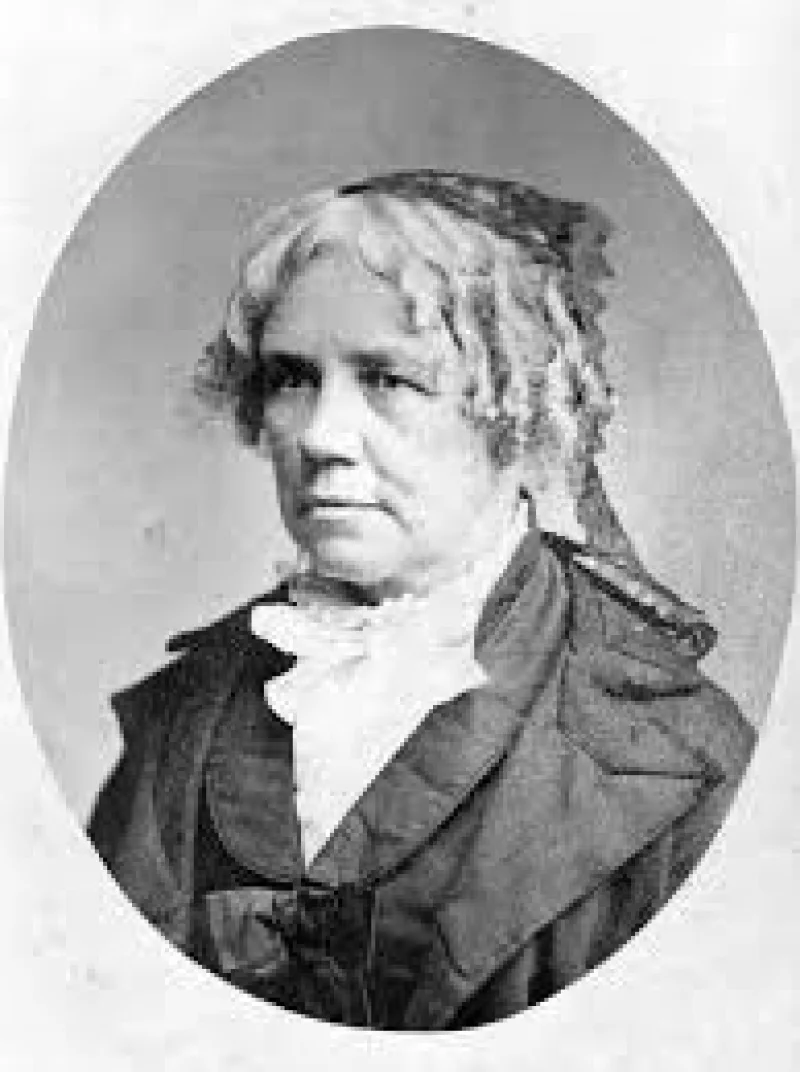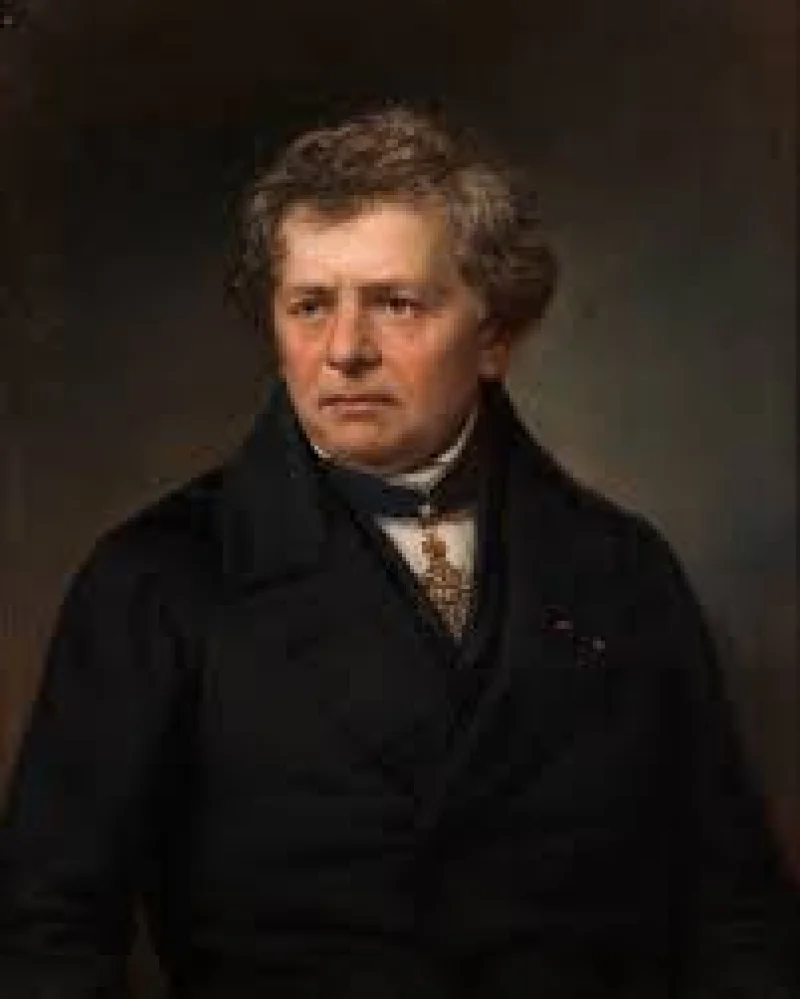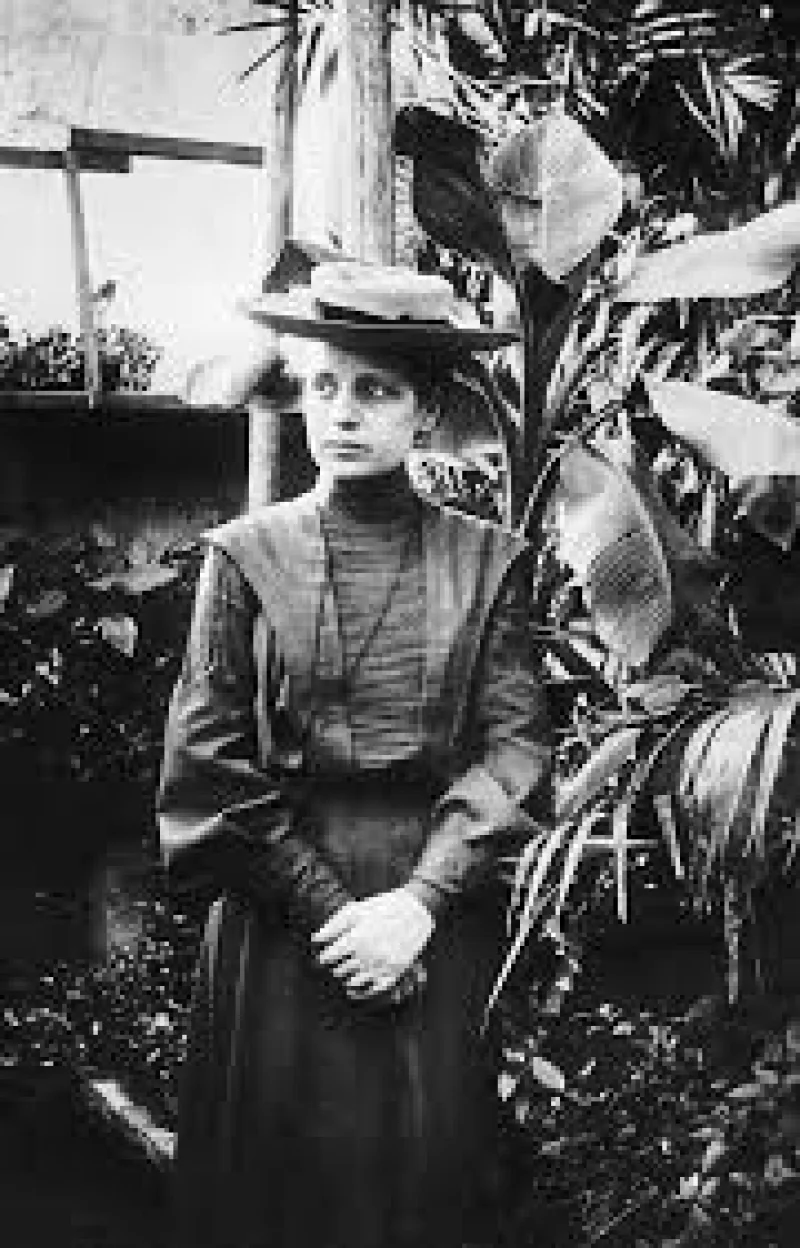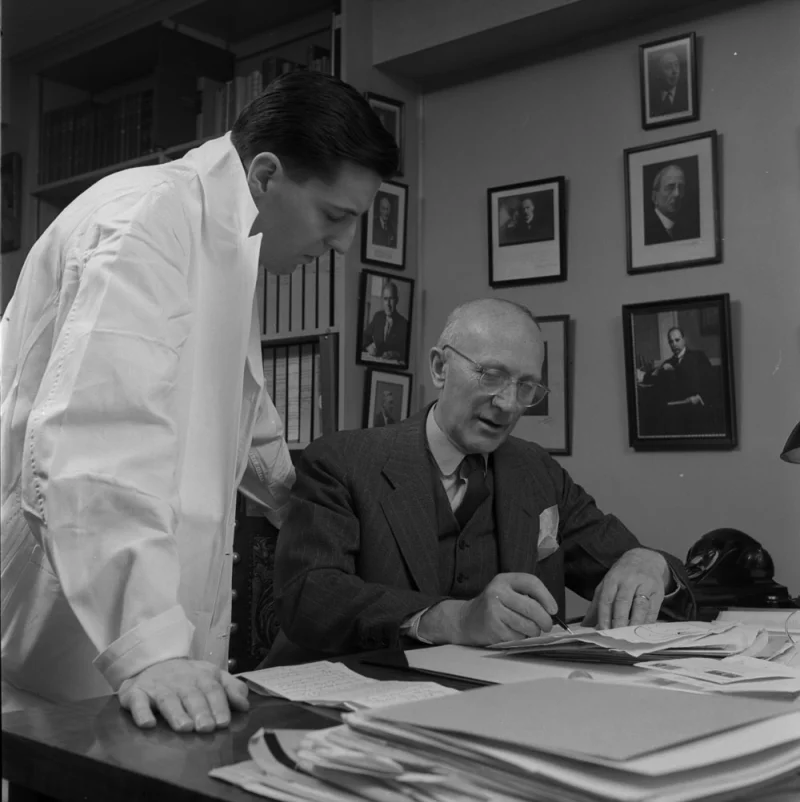Short Summary
Maria Mitchell was a pioneering American astronomer, renowned for being the first professional female astronomer in the United States. She gained international fame for discovering a comet in 1847, which was later named "Miss Mitchell's Comet" in her honor. As an advocate for women's education and equality, she significantly contributed to the field of astronomy and inspired future generations of female scientists.
Early Life & Education
Born on August 1, 1818, in Nantucket, Massachusetts, Maria Mitchell was the third of ten children in a Quaker family. Her father, William Mitchell, was an amateur astronomer who greatly influenced her interest in the stars. From a young age, she displayed a keen interest in science and mathematics. Her formal education began at the North Grammar School, where her father was a principal. She continued her studies at the Nantucket Atheneum, where she also worked as a librarian. Her father's guidance and the Quaker belief in gender equality empowered her pursuit of knowledge and scientific inquiry.
Career Highlights
Maria Mitchell's career took a significant turn when she discovered a comet on October 1, 1847, using a telescope given to her by the Nantucket Atheneum. Her discovery earned her a gold medal from the King of Denmark and established her reputation in the scientific community. She became the first woman elected to the American Academy of Arts and Sciences in 1848. Later, she served as a professor of astronomy at Vassar College, where she was also the director of the observatory. Her role at Vassar was pivotal in advancing the education of women in science.
Major Achievements
- Discovered "Miss Mitchell's Comet," earning her international recognition.
- First woman elected to the American Academy of Arts and Sciences.
- Appointed as the first female professor of astronomy at Vassar College.
- Advocated for women's education and equality in scientific fields.
Famous Quotes
- "We especially need imagination in science. It is not all mathematics, nor all logic, but it is somewhat beauty and poetry."
- "Study as if you were going to live forever; live as if you were going to die tomorrow."
Interesting Facts
- She was the first woman employed by the U.S. federal government as a professional astronomer.
- Maria Mitchell's work contributed to the creation of the Nautical Almanac, used by sailors for navigation.
- She was an active member of the American Association for the Advancement of Science.
Legacy / Influence
Maria Mitchell's legacy lies in her contributions to astronomy and her role as a trailblazer for women in science. Her discovery of the comet and her subsequent work paved the way for future female astronomers. Her advocacy for women's education and equality left a lasting impact, inspiring generations of women to pursue careers in STEM fields.
FAQ
Q: Why is Maria Mitchell famous?
A: She is famous for being the first professional female astronomer in the U.S. and discovering "Miss Mitchell's Comet."
Q: What did Maria Mitchell discover?
A: She discovered a comet in 1847, which was named "Miss Mitchell's Comet" in her honor.
Q: What role did she play in women's education?
A: She was a strong advocate for women's education and taught astronomy at Vassar College, promoting equality in science.











